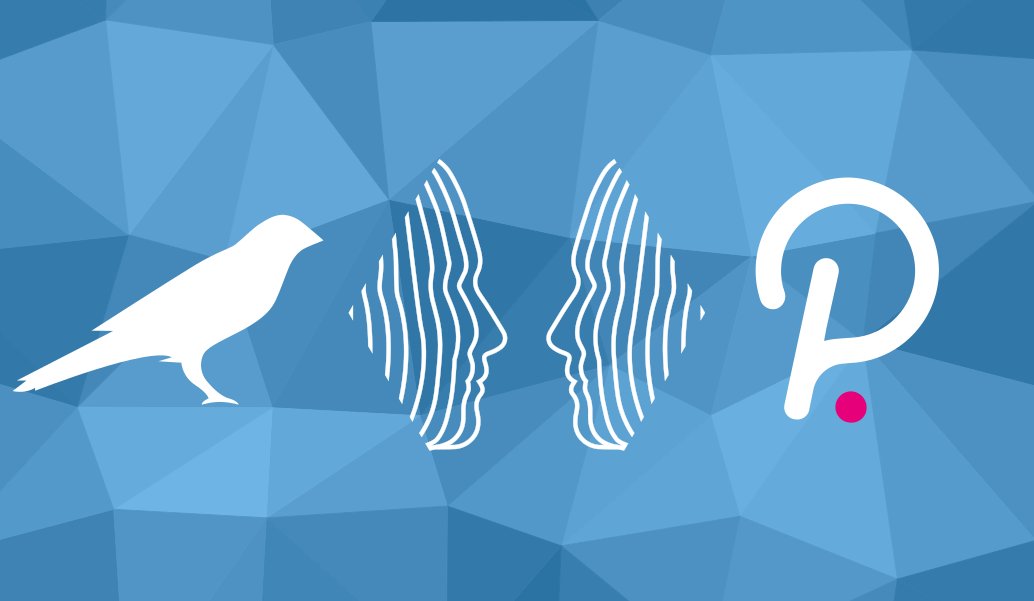How Twitter And Web3 Are Giving More Power To Social Media
HWeb 2.0 technology has several benefits, but some problems must be recognized and addressed. An equal access, information control, intellectual property, authorship, copyright, trust, privacy, security, and cultural factors are a few of these challenges. Web3 will fix these problems and create a new digital economy. At its foundation, Web3 embraces technologies like automation, AI, machine learning, and blockchain, known for their immutability, security, and transparency. Due to the centralization of social media platforms like Facebook, Instagram, and Twitter, users are at the whim of business executives who require adherence to their platform standards. Users risk instantly losing followers and content they have spent years gaining if they disobey.
The ex-President Donald Trump’s ban from Twitter is a well-known illustration. It demonstrated how little influence Web2 users have on Twitter’s content-related decisions, despite generating value for the business. You can disagree with Trump’s beliefs, but the millions of users who make Twitter so valuable were not considered in Twitter management’s decision.
Web3 (fast approaching)
The World Wide Web’s dependable, resilient infrastructure was made possible by centralization, which also assisted in bringing billions of people online. At the same time, a small group of centralized organizations control a sizable portion of the World Wide Web and make unilateral decisions over what should and shouldn’t be permitted. The solution to this problem is Web3. The Web3, which supports decentralization and is being produced, operated, and owned by its users, is not a Web that big tech companies monopolize. Instead of placing the power in the hands of businesses, Web3 gives people that authority.
Blockchain Social Media: What Is It?
Blockchain platforms and protocols used in creating social media allow applications and smart contracts to be developed. Among the blockchain protocols that facilitate the creation of social media dApps are Ethereum, Steem, and Stellar.
Blockchain social media networks lack a centralized proprietary authority storing all the data because they are decentralized. Instead, the data is distributed and homogeneously stored among the servers in each network node.
Blockchain-based social media systems provide end-to-end encryptions for every contact while supporting social networking, content sharing, and even blogging. Additionally, the majority of them support specific characteristics common to Blockchain ecosystems:
- Platform-specific transactions
- Users with rewards
Therefore, blockchain social media gives users or content creators options to make money. Let’s examine the advantages of adopting blockchain social networks now that we fundamentally understand them.
Also, read – Web2 Was A Fail! CAN Web3 Make Social Media Substantial?
Top 5 Web3 emerging trends
Brands as a Service: BAAS, is a recent development in blockchain technology. Customers can use the cloud-based service to collaborate with the blockchain to develop digital goods. It is a regulated industry, and to connect with these financial services, businesses and consumers must acquire access to banks.
Flux: The trustless data layer for web3 is called Flux. Flux is a cross-chain oracle that gives smart contracts access to data feeds on anything that is financially secure. Flux enables the creation of decentralized projects and Web 3.0 apps.
The Semantic Web: The W3C’s concept of the Web of connected data is called the “Semantic Web.” Semantic Online uses web standards applied to information, much like a data web, instead of just documents.
Web 3.0 Movement: The Web 3.0 Movement Will Be Powered by NFTs Non-fungible tokens or digital collectibles traded in cryptocurrency is the critical component to advancing the Web3 movement. Additionally, it will set the stage for creators to connect with their audience on a new level.
Software for Low-Code Application Development: Low-code development, also known as visual drag-and-drop development, enables businesses to create apps much more quickly and with less manual coding. The trend of eliminating low-code or no-code app creations has emerged with Web 3.0.
Stay informed with daily updates from Blockchain Magazine on Google News. Click here to follow us and mark as favorite: [Blockchain Magazine on Google News].
Get Blockchain Insights In Inbox
Stay ahead of the curve with expert analysis and market updates.
latest from tech
Disclaimer: Any post shared by a third-party agency are sponsored and Blockchain Magazine has no views on any such posts. The views and opinions expressed in this post are those of the clients and do not necessarily reflect the official policy or position of Blockchain Magazine. The information provided in this post is for informational purposes only and should not be considered as financial, investment, or professional advice. Blockchain Magazine does not endorse or promote any specific products, services, or companies mentioned in this posts. Readers are encouraged to conduct their own research and consult with a qualified professional before making any financial decisions. The featured image used is just a creative depiction of the title and it does not intend to hurt sentiments of any person or institution. If it hurts anyone sentiments, please do not hesitate to reach out to Blockchain Magazine.

 Bitcoin
Bitcoin  Ethereum
Ethereum  XRP
XRP  Tether
Tether  Solana
Solana  Dogecoin
Dogecoin  USDC
USDC  Cardano
Cardano  Lido Staked Ether
Lido Staked Ether  TRON
TRON  Chainlink
Chainlink  Avalanche
Avalanche  Wrapped stETH
Wrapped stETH  Wrapped Bitcoin
Wrapped Bitcoin  Hedera
Hedera  Stellar
Stellar  Toncoin
Toncoin  Sui
Sui  Shiba Inu
Shiba Inu  WETH
WETH  Polkadot
Polkadot  Litecoin
Litecoin  Bitget Token
Bitget Token  LEO Token
LEO Token  Bitcoin Cash
Bitcoin Cash  Hyperliquid
Hyperliquid  Uniswap
Uniswap  USDS
USDS  Wrapped eETH
Wrapped eETH  Pepe
Pepe  Official Trump
Official Trump  NEAR Protocol
NEAR Protocol  Ethena USDe
Ethena USDe  Aave
Aave  Aptos
Aptos  MANTRA
MANTRA  Ondo
Ondo  Internet Computer
Internet Computer  Monero
Monero  WhiteBIT Coin
WhiteBIT Coin  Ethereum Classic
Ethereum Classic  Mantle
Mantle  Cronos
Cronos  POL (ex-MATIC)
POL (ex-MATIC)  Render
Render  Dai
Dai  Algorand
Algorand 




